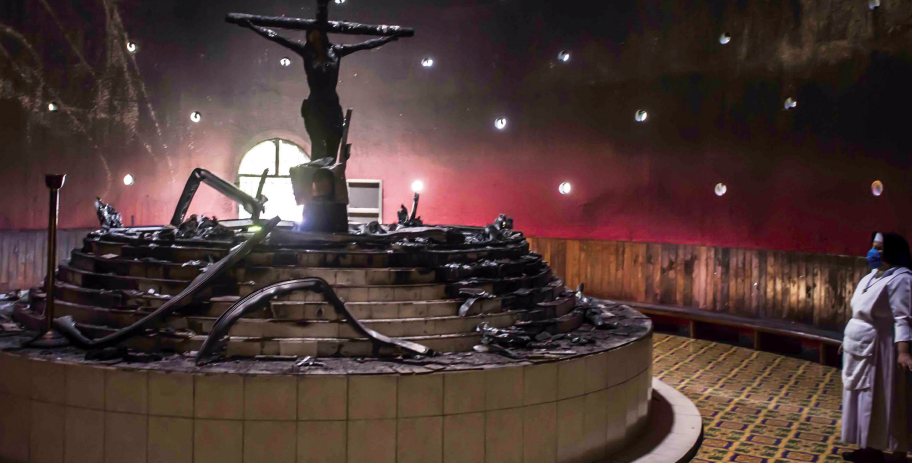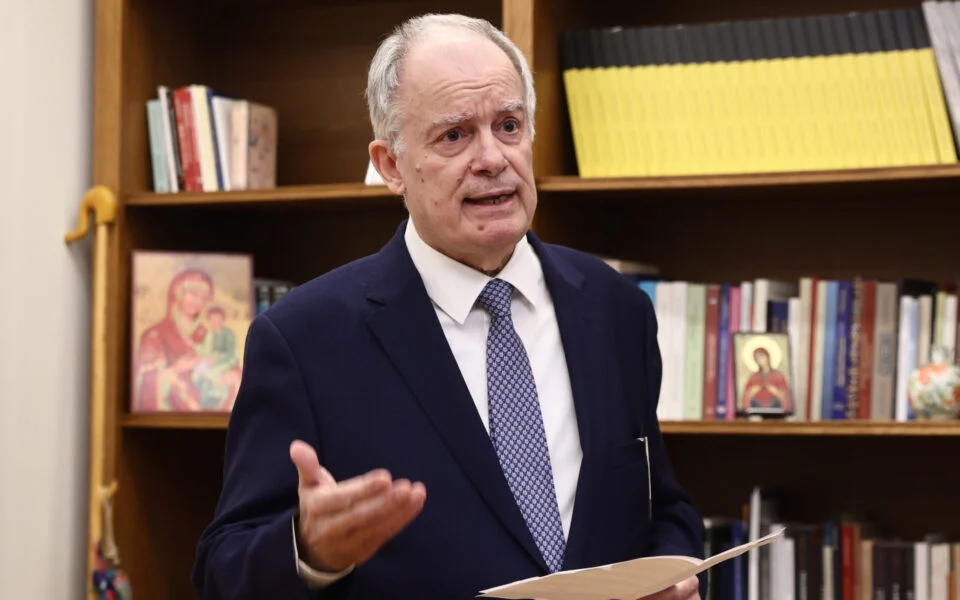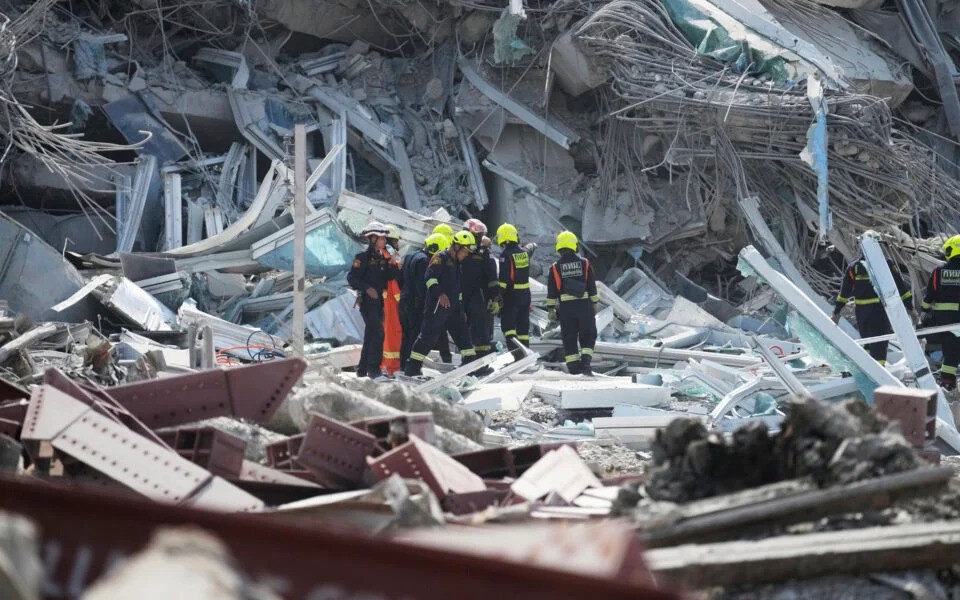Oxygen shortages threaten ‘total collapse’ of dozens of health systems

Dozens of countries are facing severe oxygen shortages because of surging Covid-19 cases, threatening the “total collapse” of health systems.
The Bureau of Investigative Journalism analysed data provided by the Every Breath Counts Coalition, the NGO Path and the Clinton Health Access Initiative (CHAI) to find the countries most at risk of running out of oxygen. It also studied data on global vaccination rates.
Nineteen countries around the world – including India, Argentina, Iran, Nepal, the Philippines, Malaysia, Pakistan, Costa Rica, Ecuador and South Africa – are deemed most at risk after recording huge increases in demand since March – at least a 20% rise – while having vaccinated less than 20% of their populations.
There are concerns that other Asian countries like Laos are at risk, and African countries including Nigeria, Ethiopia, Malawi and Zimbabwe, which have less mature oxygen delivery systems, meaning a small increase in need could create big problems.
Many of these countries faced oxygen shortages before the pandemic, said Leith Greenslade, coordinator of the Every Breath Counts Coalition. The extra need is pushing health systems to the brink.
“The situation last year, and again in January this year in Brazil and Peru, should have been the wake up call,” she said. “But the world did not wake up. We should have known India would happen after seeing what happened in Latin America. And now looking at Asia, we should know this will happen in some of the big cities in Africa.”
Robert Matiru, who chairs the Covid-19 Oxygen Emergency Taskforce, told the bureau: “We could see the total collapse of health systems, especially in countries with very fragile systems.”
Hospitals in India have reported significant shortages of oxygen as the country battles its second wave. By the middle of May, India needed an extra 15.5m cubic metres of oxygen a day just for Covid-19 patients, more than 14 times what it needed in March, according to the bureau’s analysis.
In response, India has banned all exports of liquid and cylinder oxygen.
But experts are worried about India’s neighbours – Pakistan, Nepal, Bangladesh, Sri Lanka and Myanmar – some of which rely on Indian-made oxygen and equipment.
“You’d imagine if they start to see peaks of the same degree, then it could be even worse, because India needs all the supply,” said Zachary Katz, vice-president of essential medicines at CHAI.
The bureau’s data shows that Nepal now needs more than 100 times as much oxygen as it did in March.
Demand for oxygen in Sri Lanka has risen sevenfold since mid-March. In Pakistan, which is suffering its third wave of cases, almost 60% more patients are on oxygen in hospital than during the country’s previous peak last summer, according to a government minister, who warned in late April that pressure on the oxygen supply was reaching dangerous levels.
Source: The Guardian Australia




